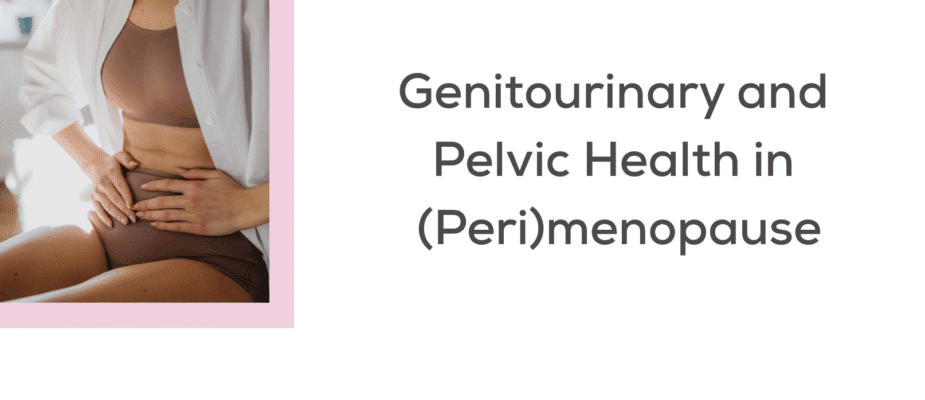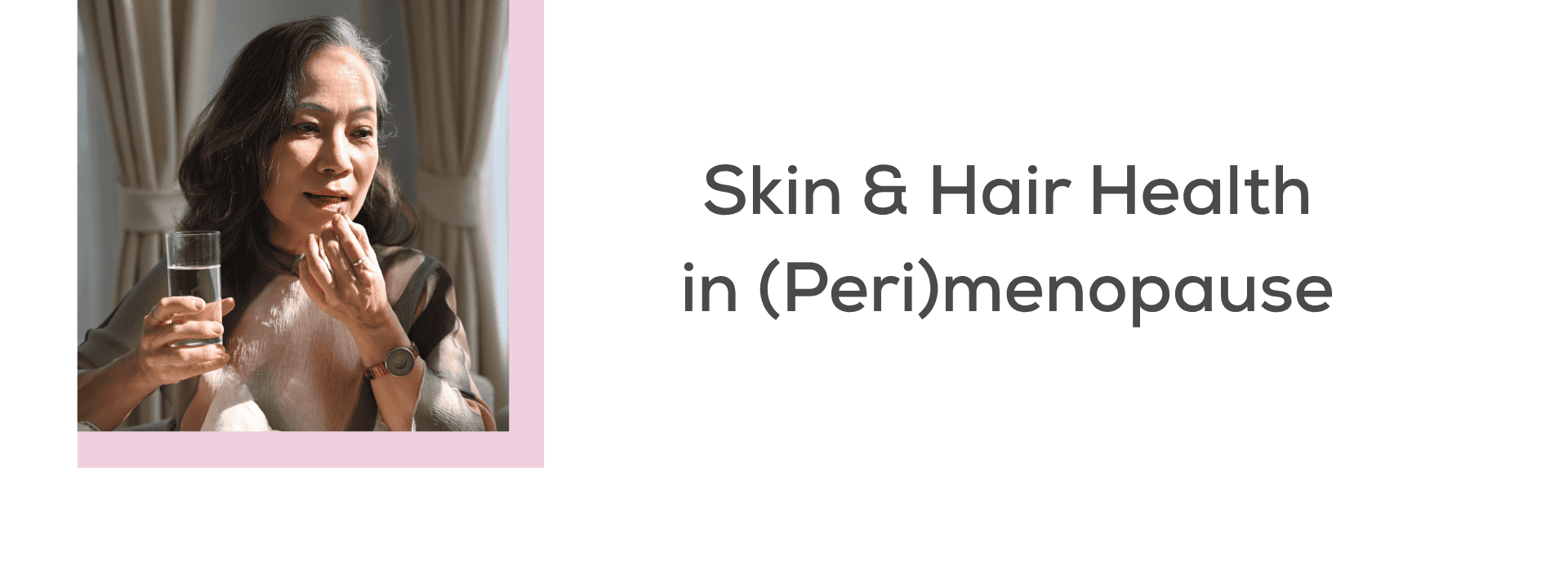Our quest to maintain healthy & fit
In a quest to maintain our health, fitness and overall levels of conditioning we are encouraged to exercise regularly and keep fit.
Indeed, Public Health England (PHE) and the NHS suggest that we complete 150 minutes of moderate exercise each week in addition to two strength based sessions each week. This is aimed at health related fitness and the general population and there is much research to reinforce the very many benefits of exercise and its relation to health.
If exercise was a pill it would be prescribed to everyone! A bold statement, but one that we should all listen to and action. By choosing to exercise more regularly you will feel more energised, increase your self-esteem, improve the quality of sleep, increase your lean mass/reduce body fat and experience a more positive mood, amongst other benefits.
The NHS state that regular exercise can reduce your risk of major illnesses, such as heart disease, stroke, type 2 diabetes and cancer by up to 50% and lower your risk of early death by up to 30% as well as reducing your risk of stress, depression, dementia and Alzheimer’s disease. These are very significant, life affecting benefits that we should all take note of. There is strong scientific evidence that being physically active can help you lead a healthier and happier life.
The Benefits of Physical Exercise and the Menopause
But what does the research indicate for those of us who are experiencing hot flushes and signs of the menopause? Will the benefits of exercise stretch that far…?
A study by Berin et al (2019) completed a controlled randomised trial on the effect of resistance training for hot flushes in postmenopausal women. Bearing in mind that the NHS and PHE recommend strength training for health related benefits 2 x each week, can these benefits cross over to help manage hot flushes?
The team investigated the effect of 15 weeks resistance training on the frequency of moderate to severe hot flushes in postmenopausal women.
Postmenopausal women with at least 4 moderate or severe hot flushes or night sweats per day were selected and then were randomised into a 15-week resistance training intervention group or an unchanged physical activity group.
Participants did not exercise regularly at baseline and had not used any therapy for hot flushes two months prior to study entry. The resistance training was performed three times per week and the program contained 8 exercises performed with 8–12 repetitions in 2 sets. Loads were set individually from eight-repetition maximum-strength tests and increased progressively.
The participants completed ‘symptom’ diaries throughout the 15 week programme to record how they felt.
The mean age of the participants was 55 years and the mean number of moderate or severe hot flushes per day at baseline was 7.1; there were no baseline differences between groups.
FACT: Resistance Training reduces frequency of hot flushes
What the researchers found was that the frequency of hot flushes decreased more in the intervention group than in the control group.
So, the good news is that in this example, a 15-week resistance-training program decreased the frequency of moderate and severe hot flushes among postmenopausal women and could be an effective and safe treatment option to alleviate vasomotor symptoms.
This is great news, as along with the NHS and PHE advice for health related benefits for resistance training, we can now consider that postmenopausal women can also use resistance training to help control and reduce the symptoms of hot flushes.
Not only is this a positive intervention in relation to the menopause, but we also know that loading and any weight bearing activity is very good for bone health and the prevention of osteoporosis which unfortunately is more prevalent in women due to the menopause and hormonal changes.
The longitudinal analysis showed that hot flushes decreased significantly already after three weeks of resistance training, whereas the control group did not change:
Mean moderate and severe hot flushes/24 h registered in hot flush diaries during the trial by the control group and intervention group, respectively. The chart shows data from selected weeks. Control N = 29, Intervention N = 29.
Resistance training was an effective and safe intervention to reduce hot flushes in postmenopausal women. This implicates that resistance training could be recommended to postmenopausal women and might relieve hot flushes, adding to other health effects. (Berin et al 2019)
More research into exercise and the possible benefits regarding menopausal symptoms is certainly advised, but the facts are very clear with health related benefits, so if there is a cross over to benefit menopausal symptoms then that is an excellent outcome overall for everyone.
If you’d like to find out more about how physical exercise can help you during the menopause, book an Initial consultation with one of the OMC doctors or get in touch with me at Perform Fitness.
Alex Reid is a Strength & Conditioning Coach and Founder of Perform Fitness.
Reference:
Resistance training for hot flushes in postmenopausal women: A randomised controlled trial.
Emilia Berina , Mats Hammara , Hanna Lindblomb , Lotta Lindh-Åstranda , Marie Rubéra , Anna-Clara Spetz Holm. Maturitas 126 (2019) 55–60.




